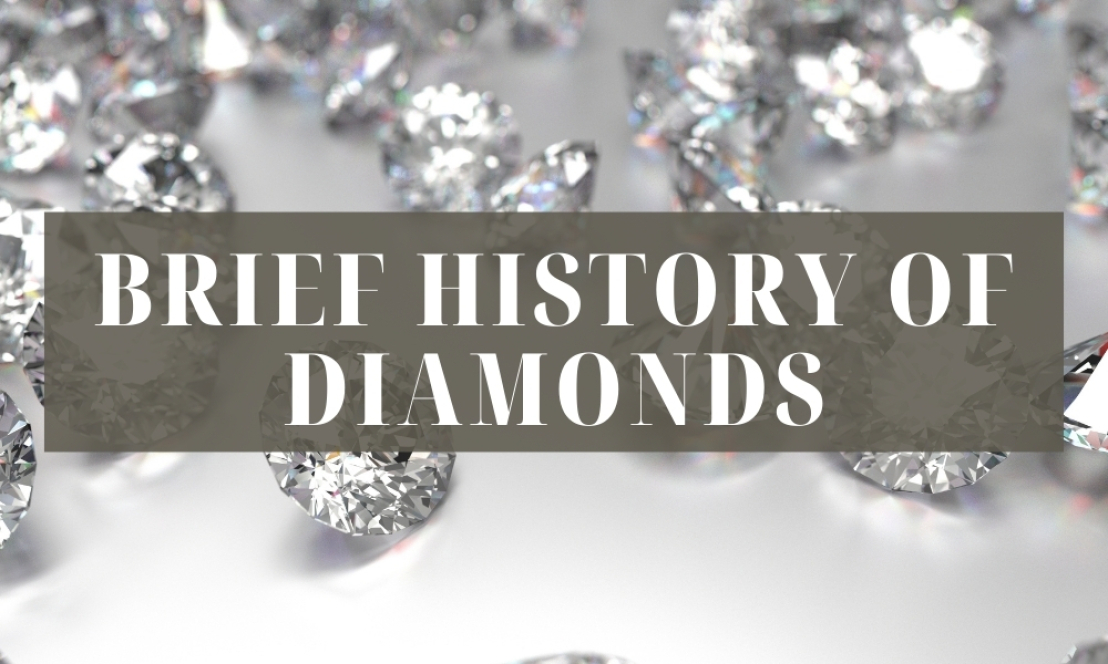Brief History of Diamonds

Indeed, diamond is the most valuable of all things in the world as the Roman naturalist Pliny stated in the first century.
Diamonds has continuously amazed us – how it came to be diamonds that we know now, these precious stones are created by nature, formed through extreme heat and pressure underneath the surface of the earth. Through volcanic eruptions, specifically the kimberlite eruption, diamonds were forced up to reach the earth’s surface.
The last kimberlite eruption happened more than 100 million years ago, leaving its plumbing known as kimberlite pipes as evidence of eruption. Finding these pipes hidden by time and erosion is a challenge. Man excavated these gems from its hiding place through, cut and polished to what we now know as diamonds in its present form.
India, fourth century BC. Historians estimated that diamond trading started in India as far back as the fourth century BC. Diamonds were collected from rivers and streams that produced limited quantities and traded to only the wealthiest of India. But through time, diamonds from India paved its way to Western Europe. By the 1400, diamonds has become a fashionable accessory for the elites of Europe.
Brazil, early 1700s. Brazil emerged as an important source of diamonds just when India’s diamond supplies began to decline. Historians noted that diamonds were discovered in the pans of gold miners as they sifted through the gravels of local rivers. For over 15 decades, Brazil took control of the diamond market.
South Africa, 1800s. Explorers unearthed the first great South African diamond deposits. The modern diamond market begun on the African continent, with the 1866 discovery of diamonds in Kimberley, South Africa.
With the start of the twentieth century, knowledge about diamonds has grown through the help of modern science. Chemists, physicists, geologists, mineralogists, and oceanographers come together, each contributing their new discovery and learned knowledge. In recent decades, scientists discovered how diamonds were transported to the earth’s surface. This knowledge made it easier to predict new locations of diamond resources.


Comments : 0